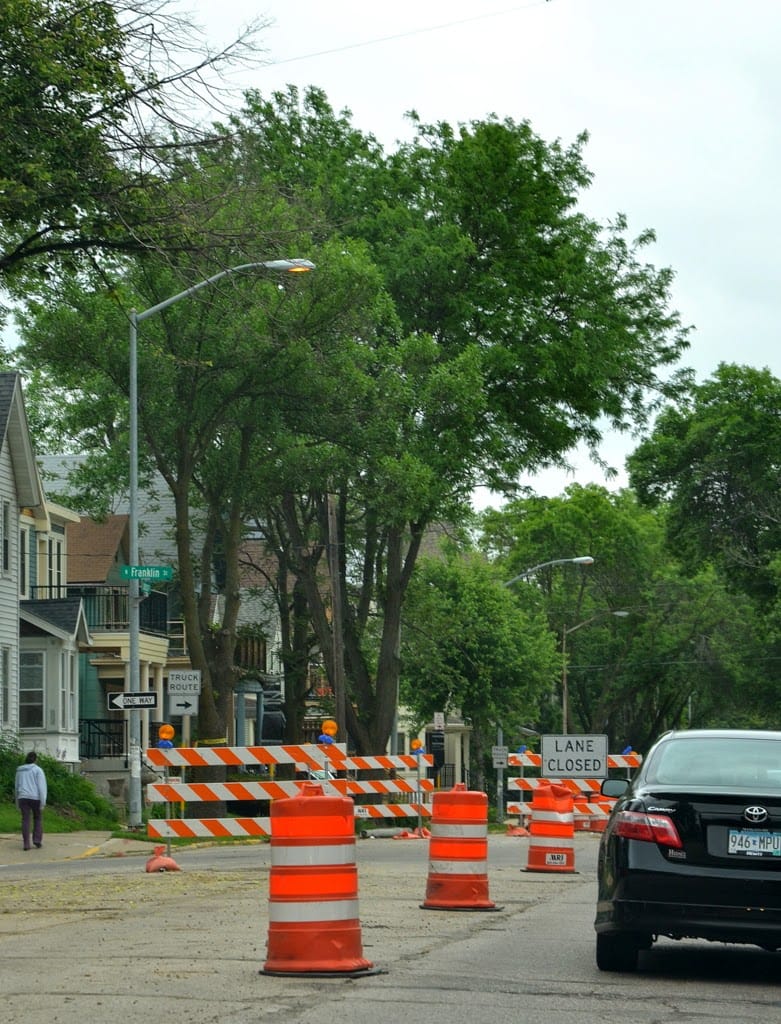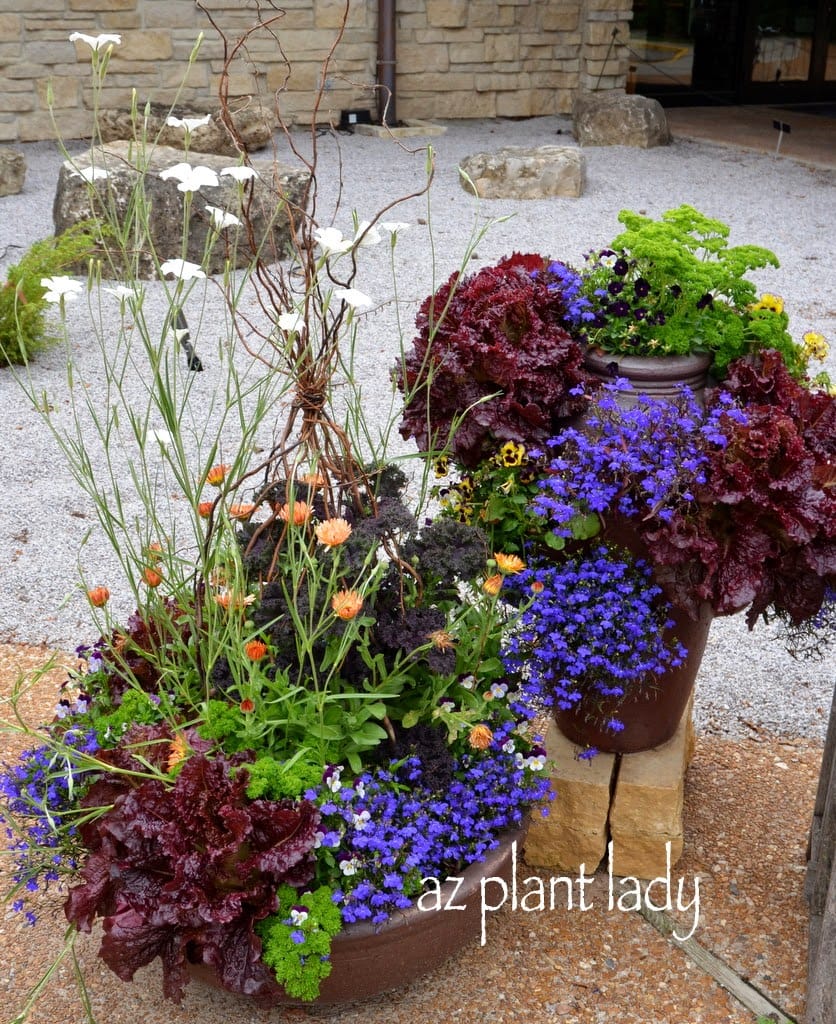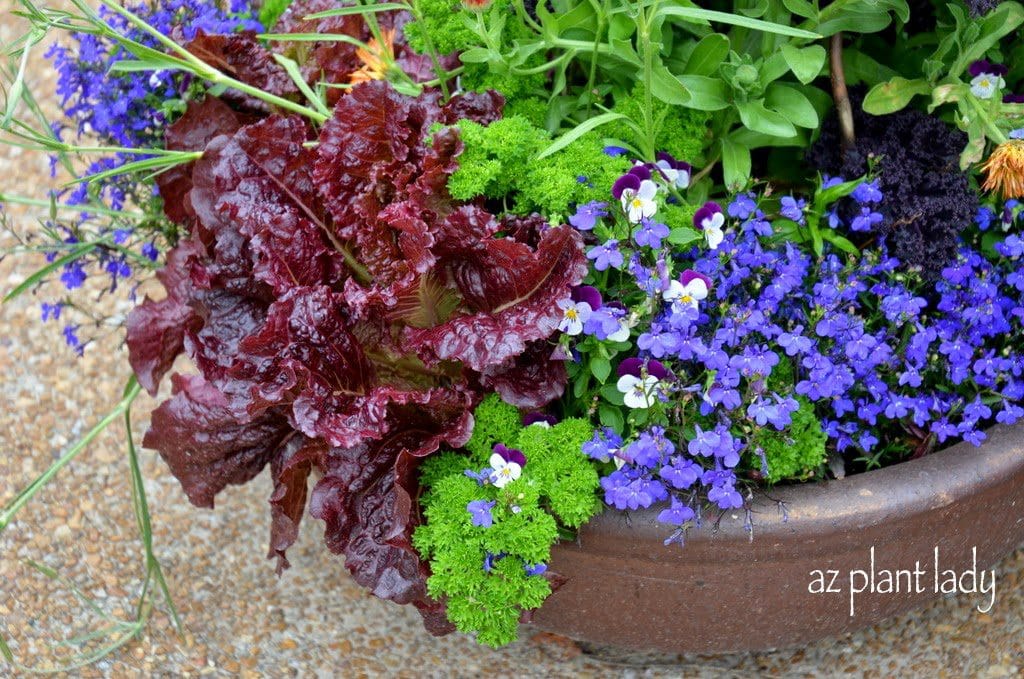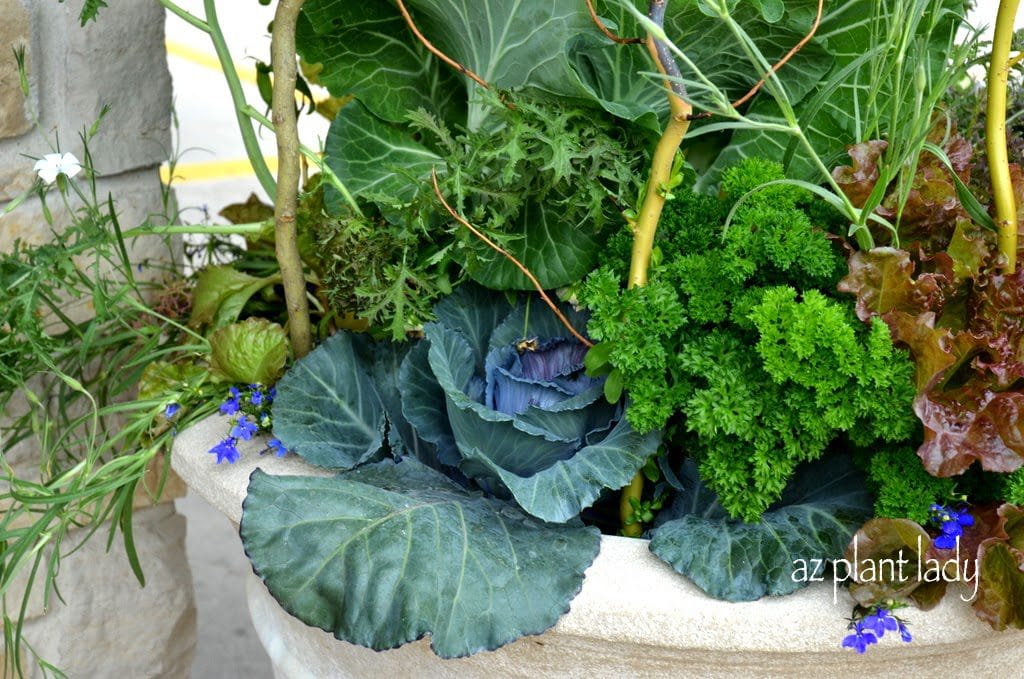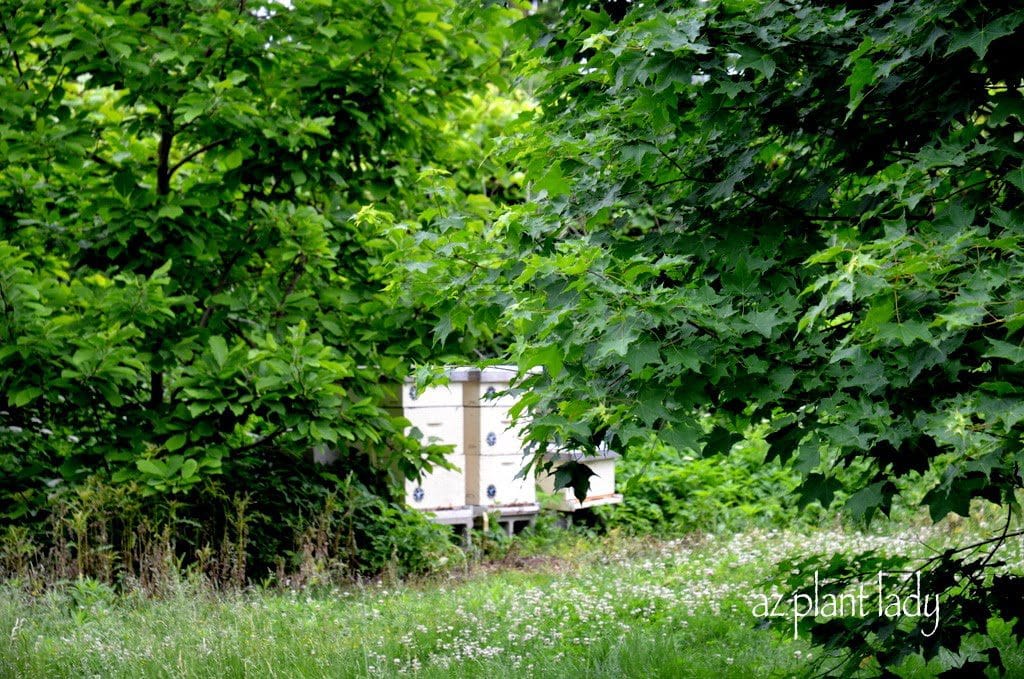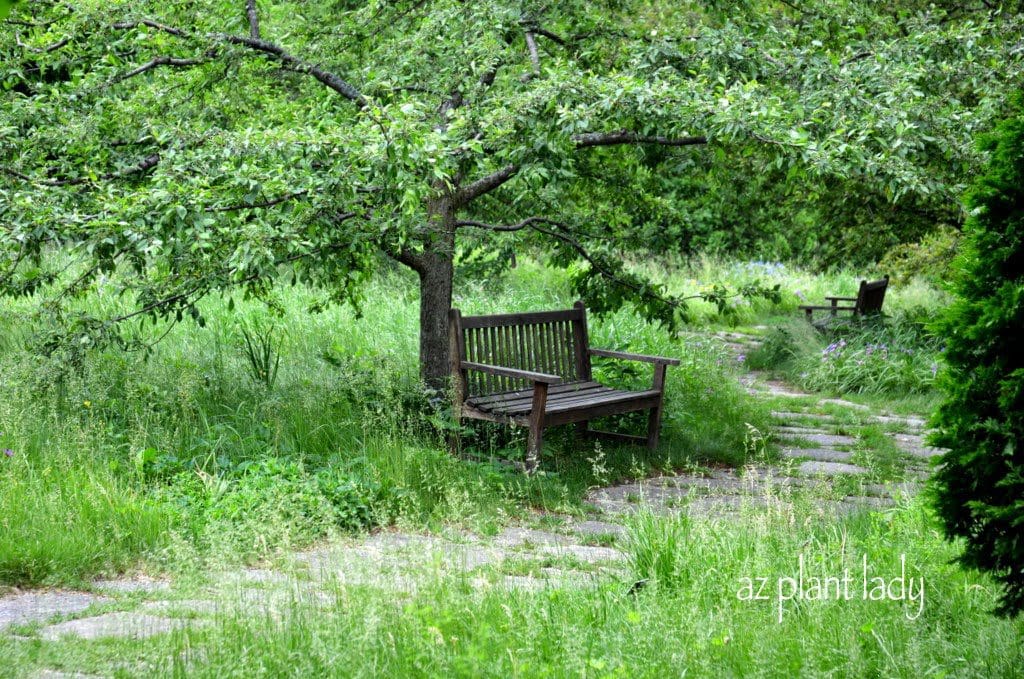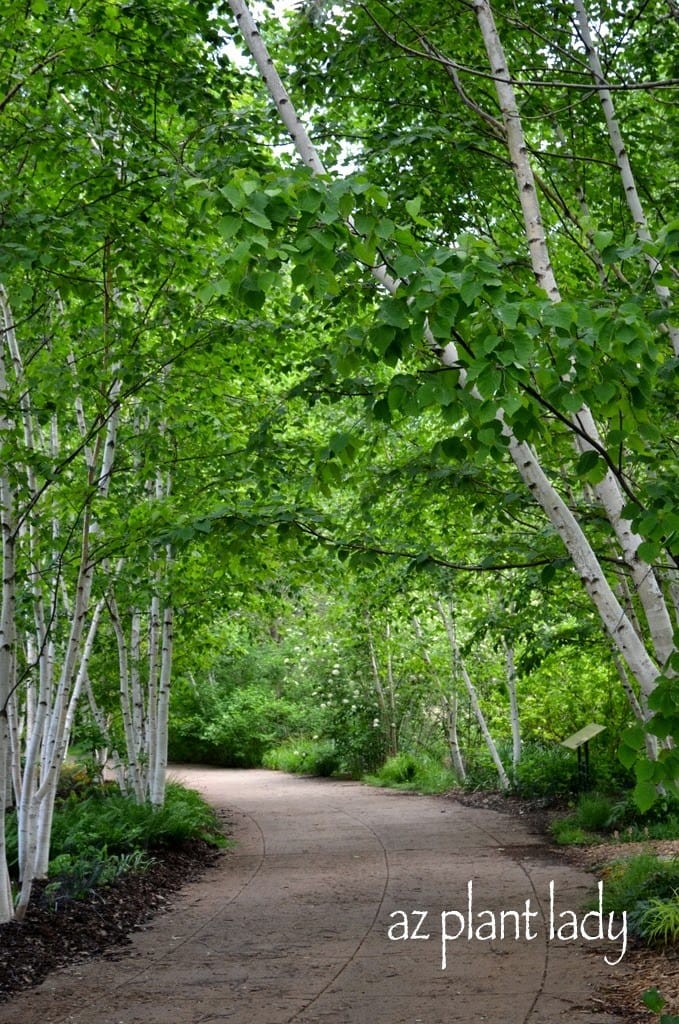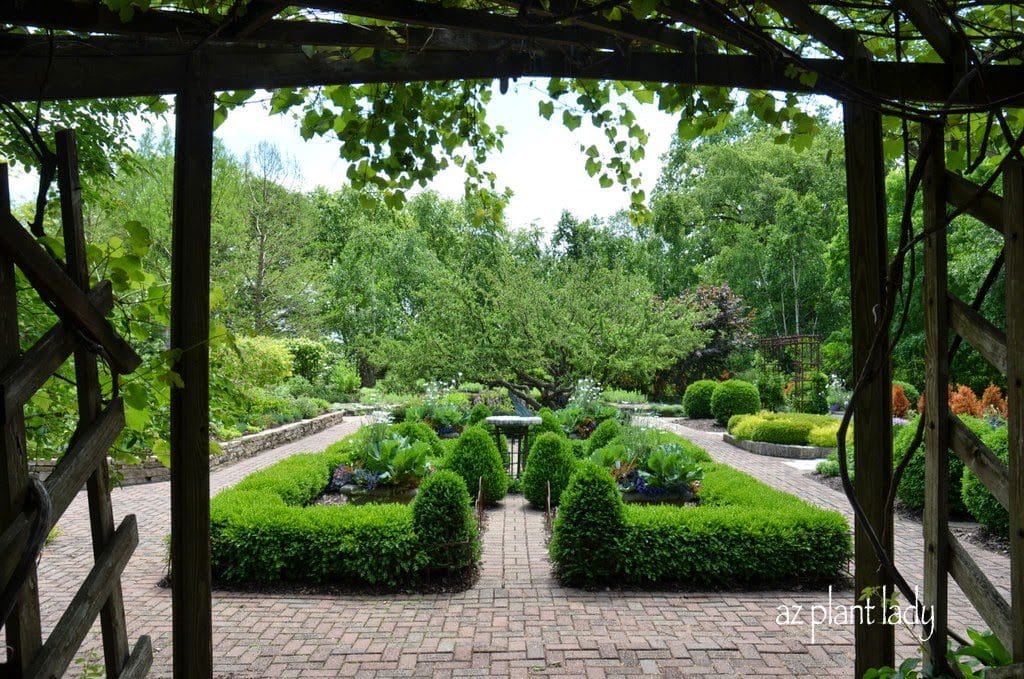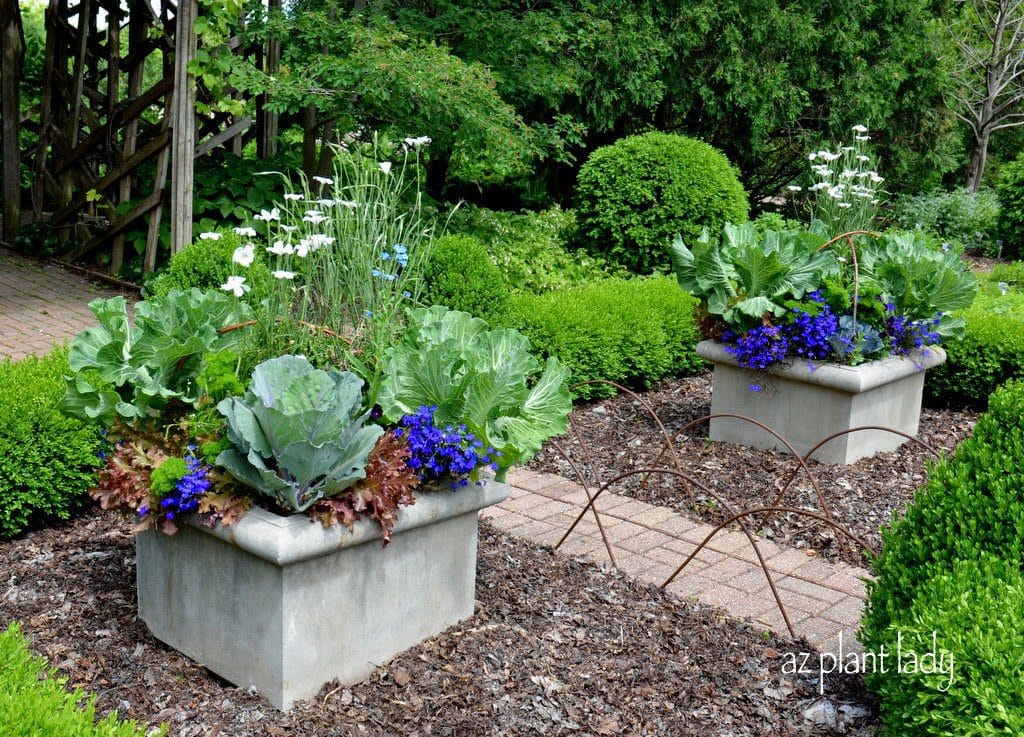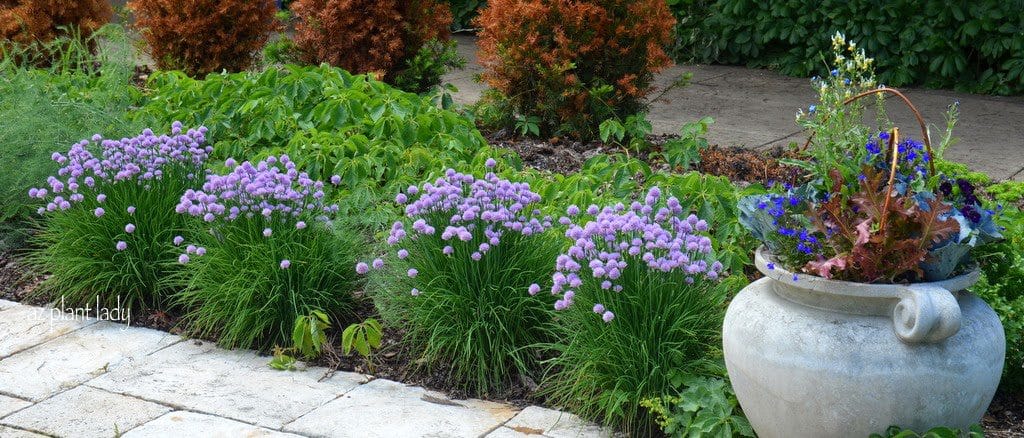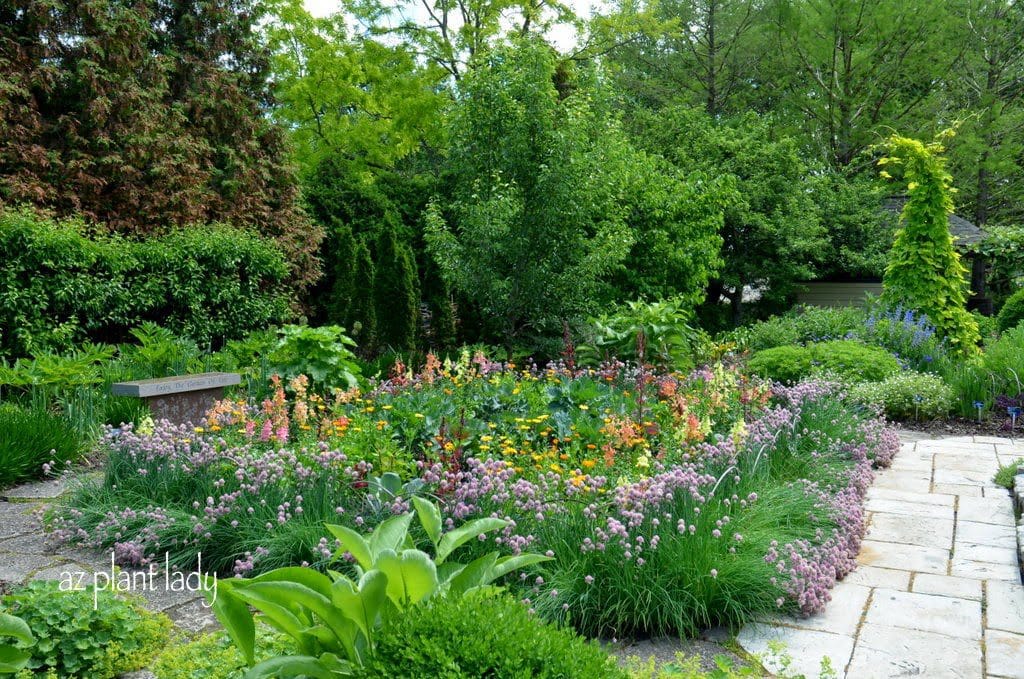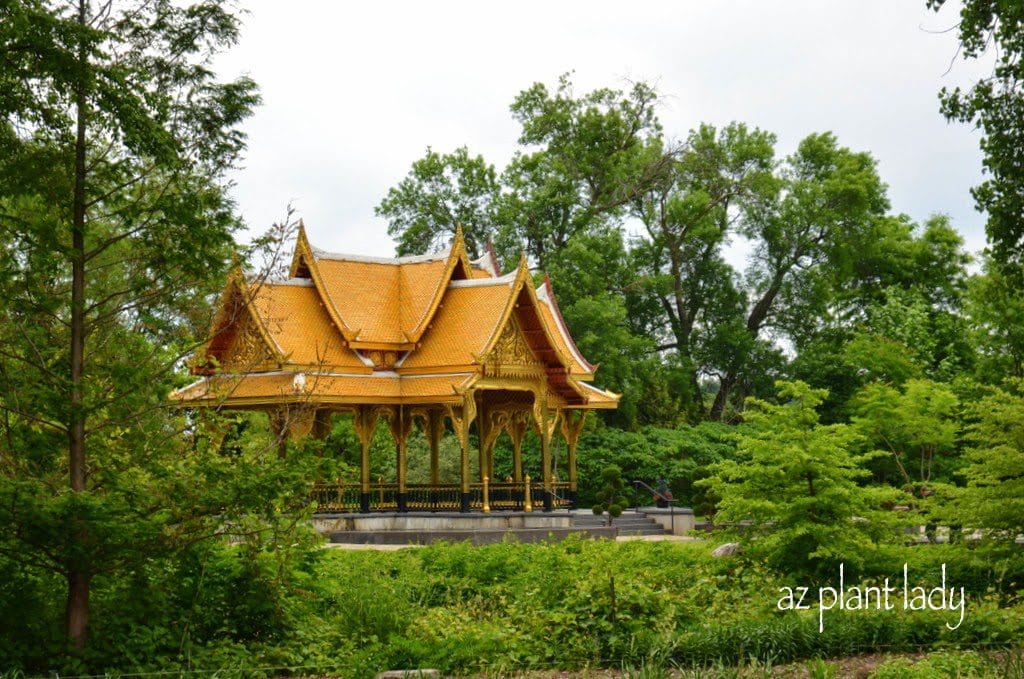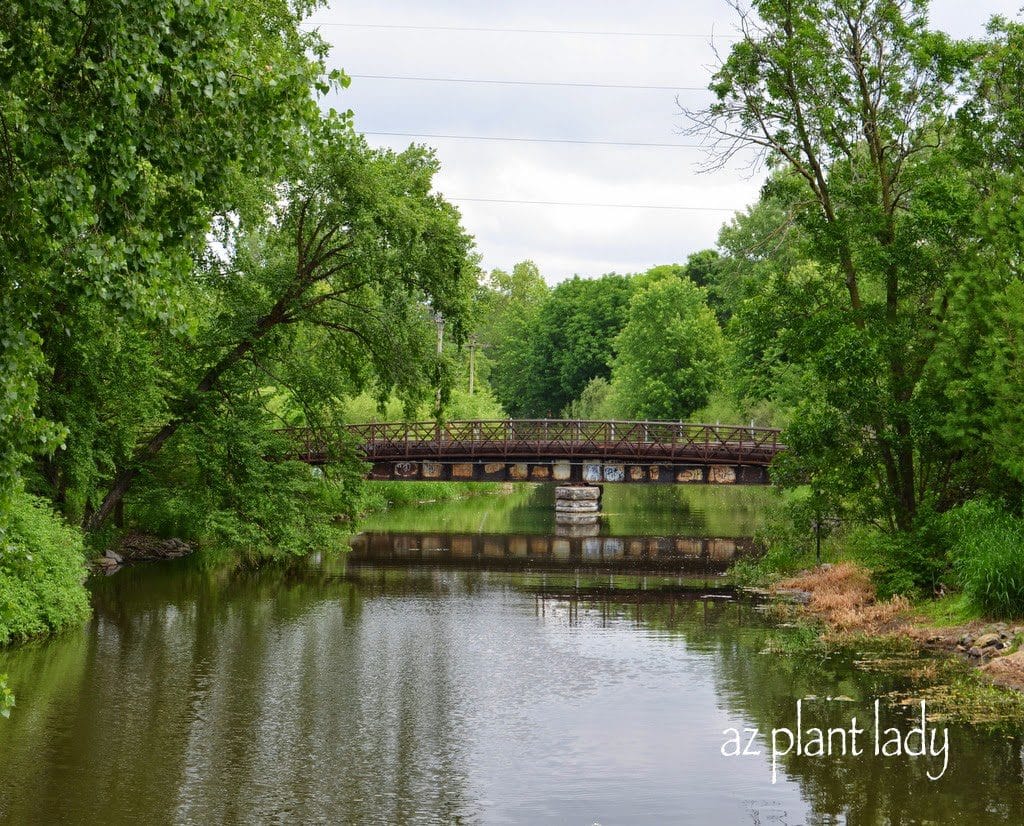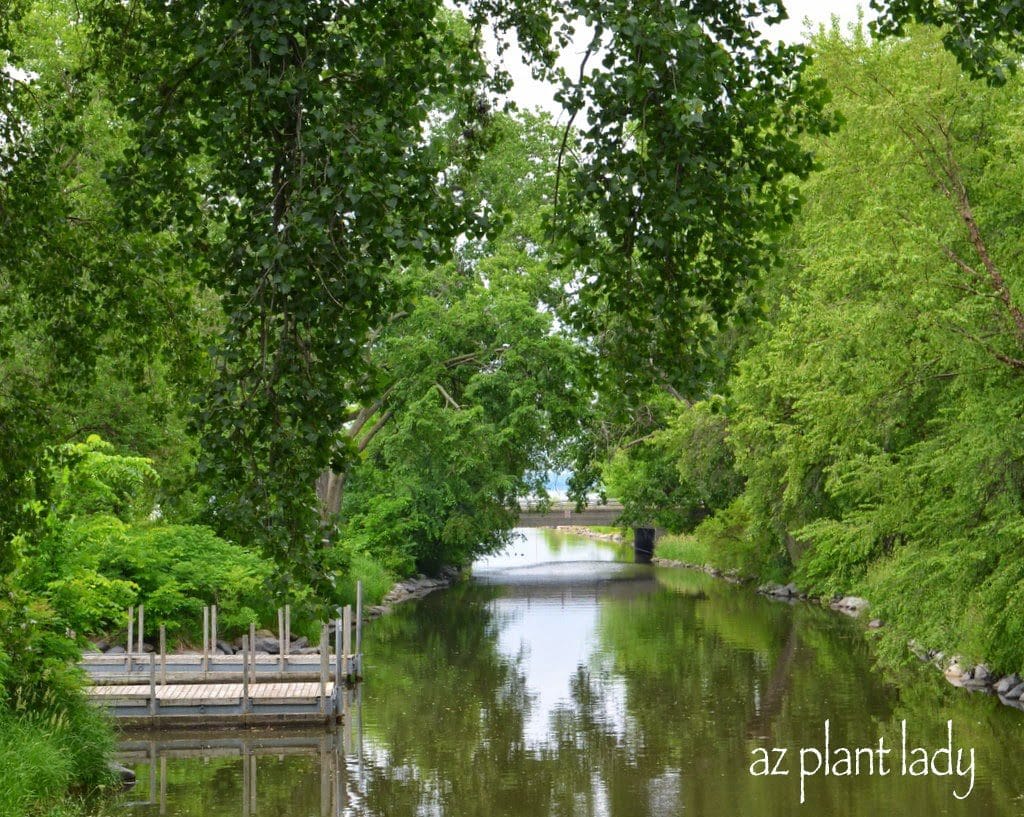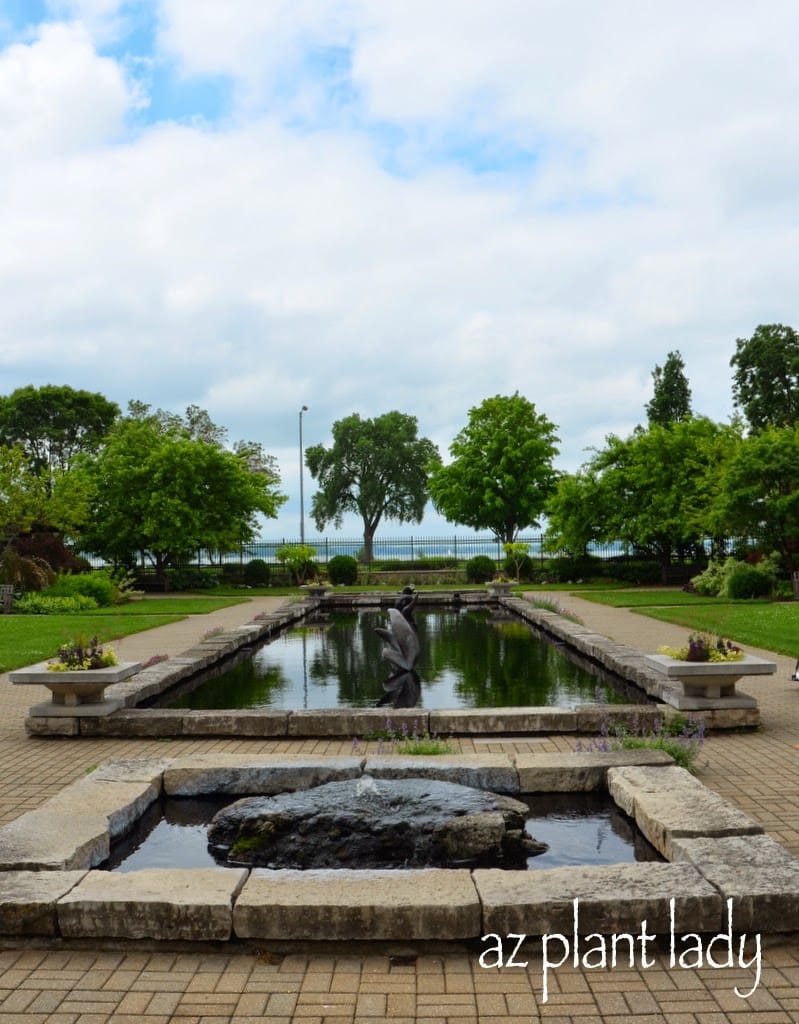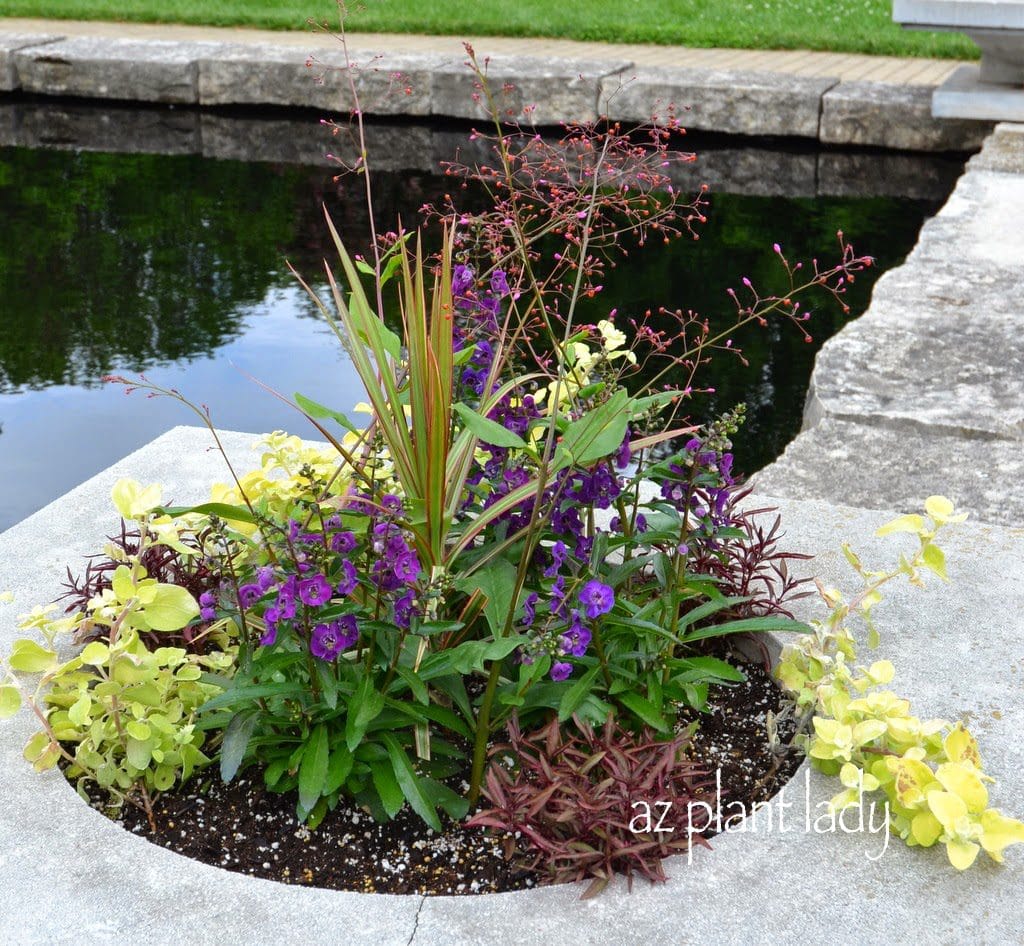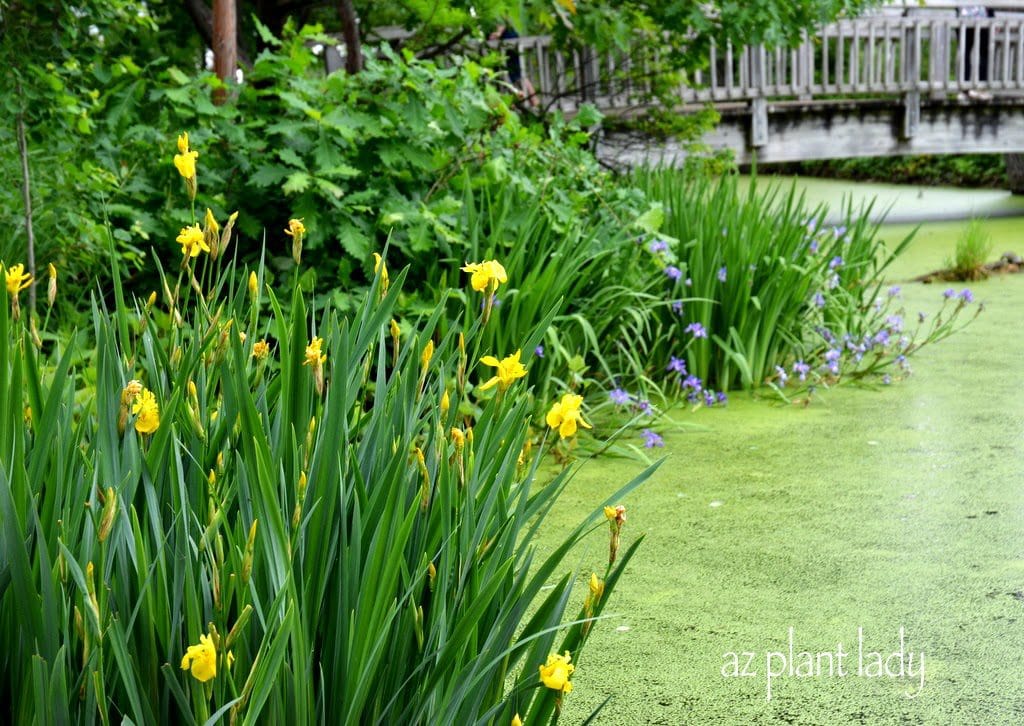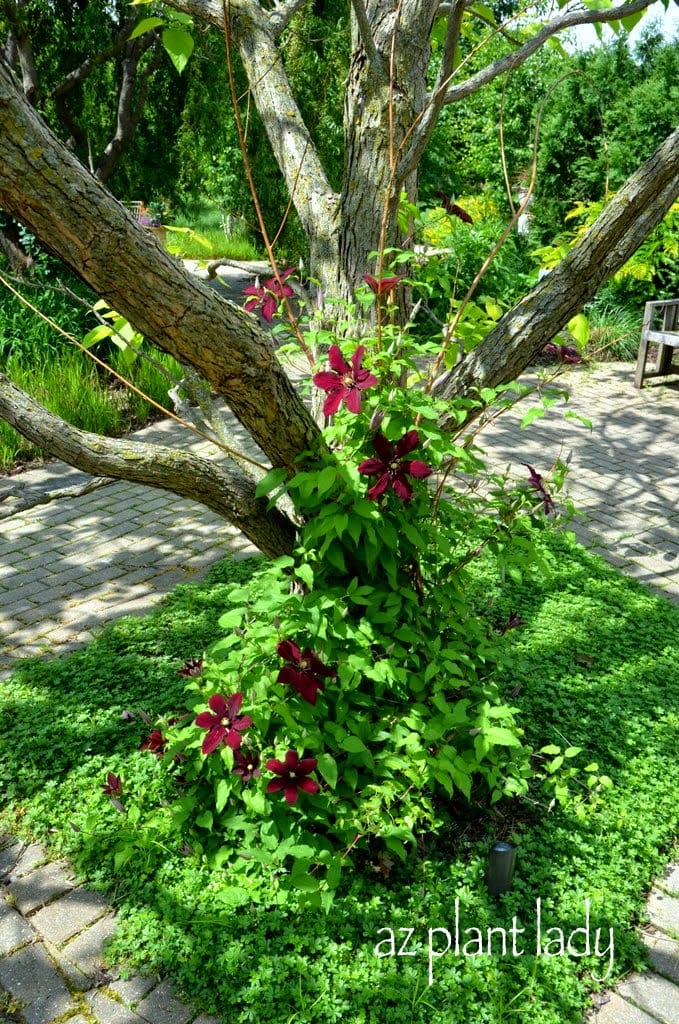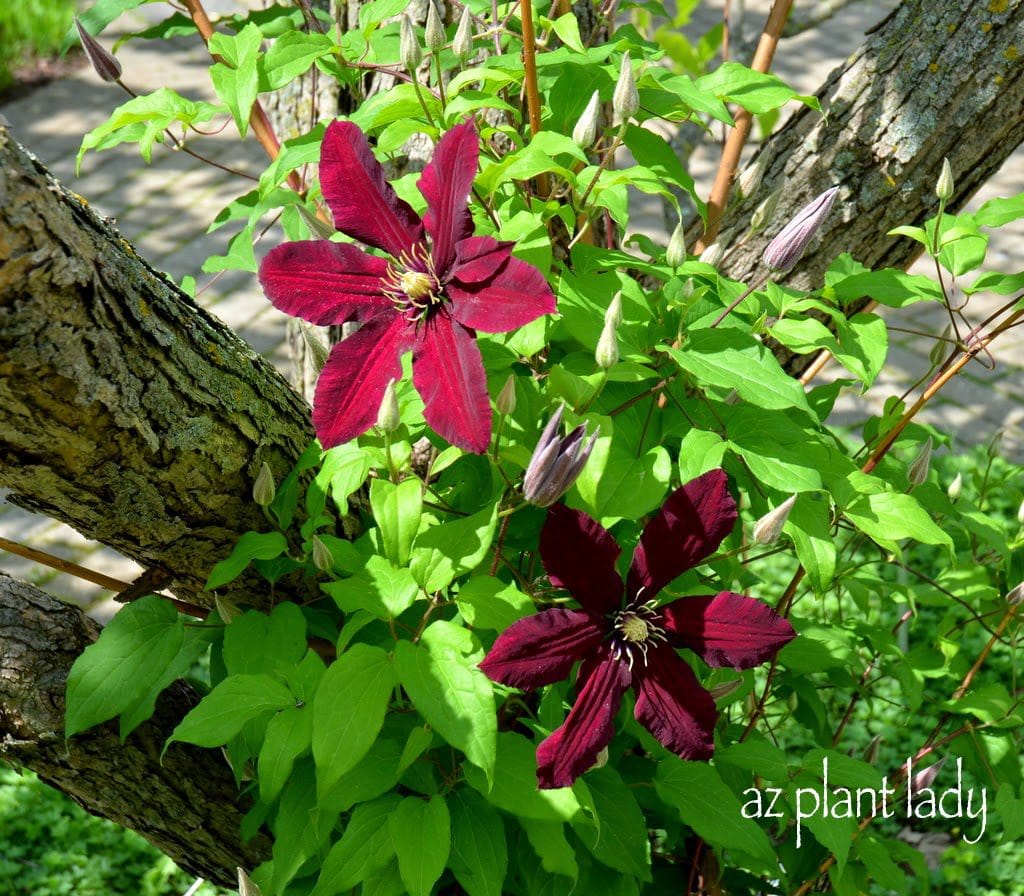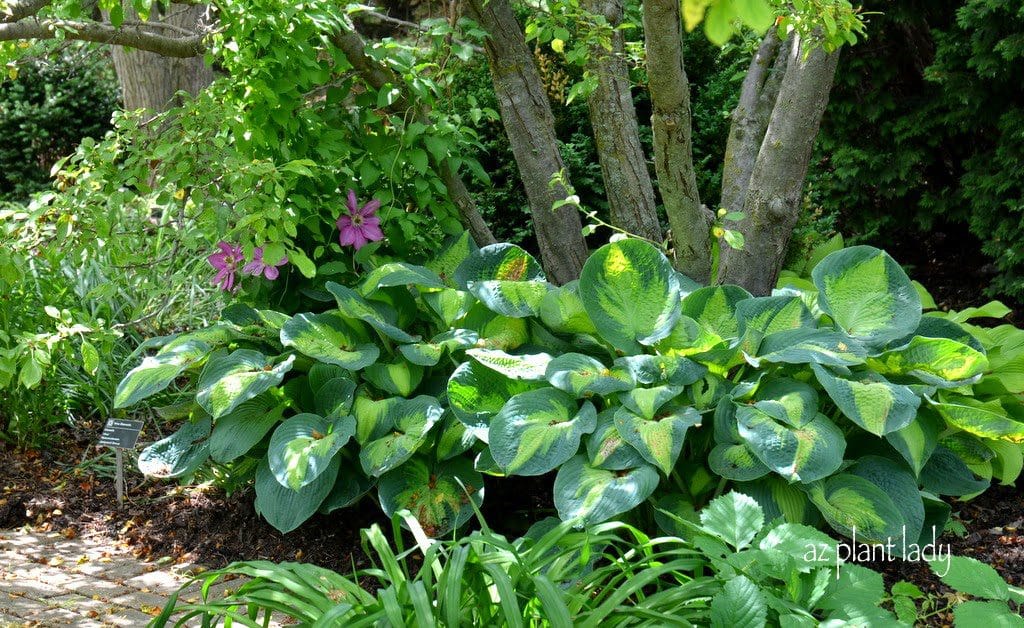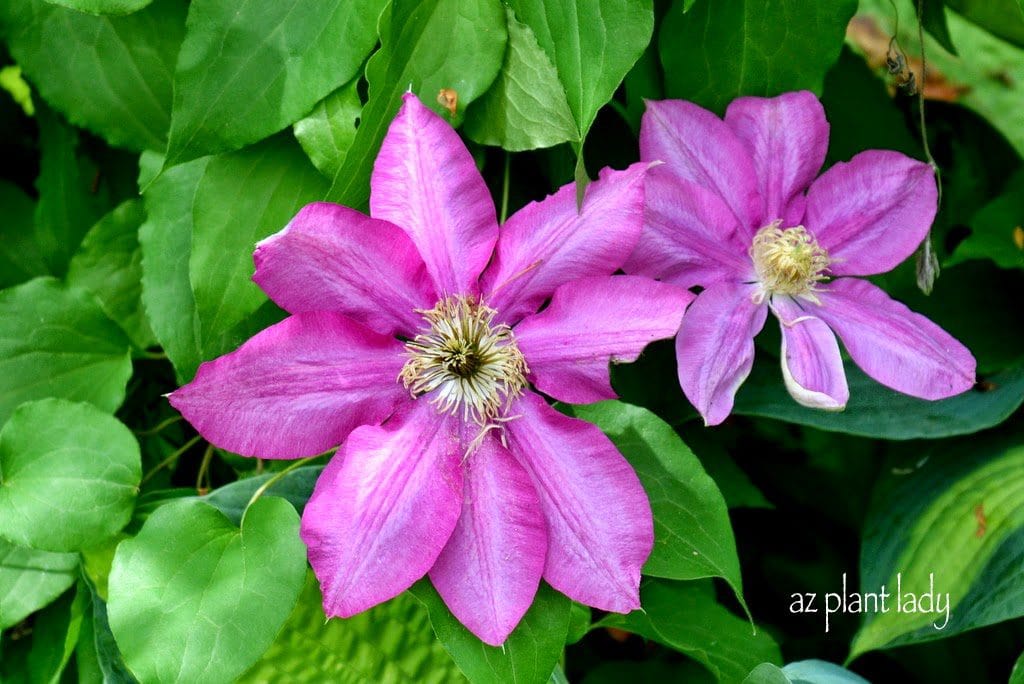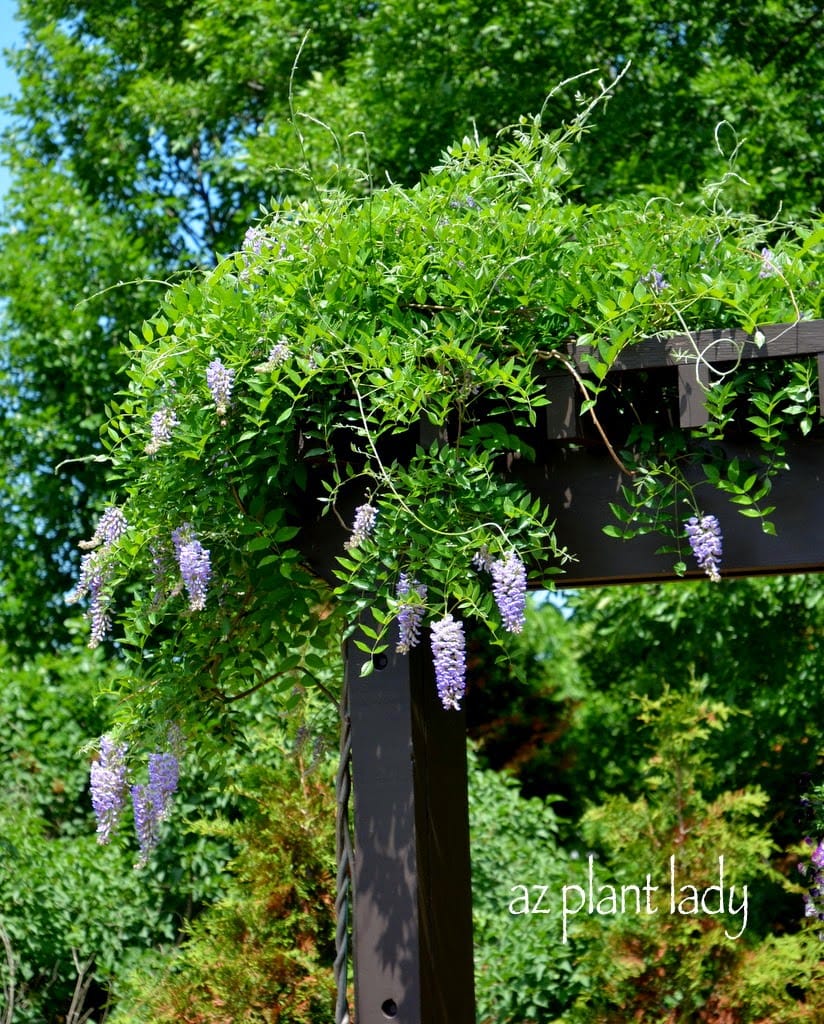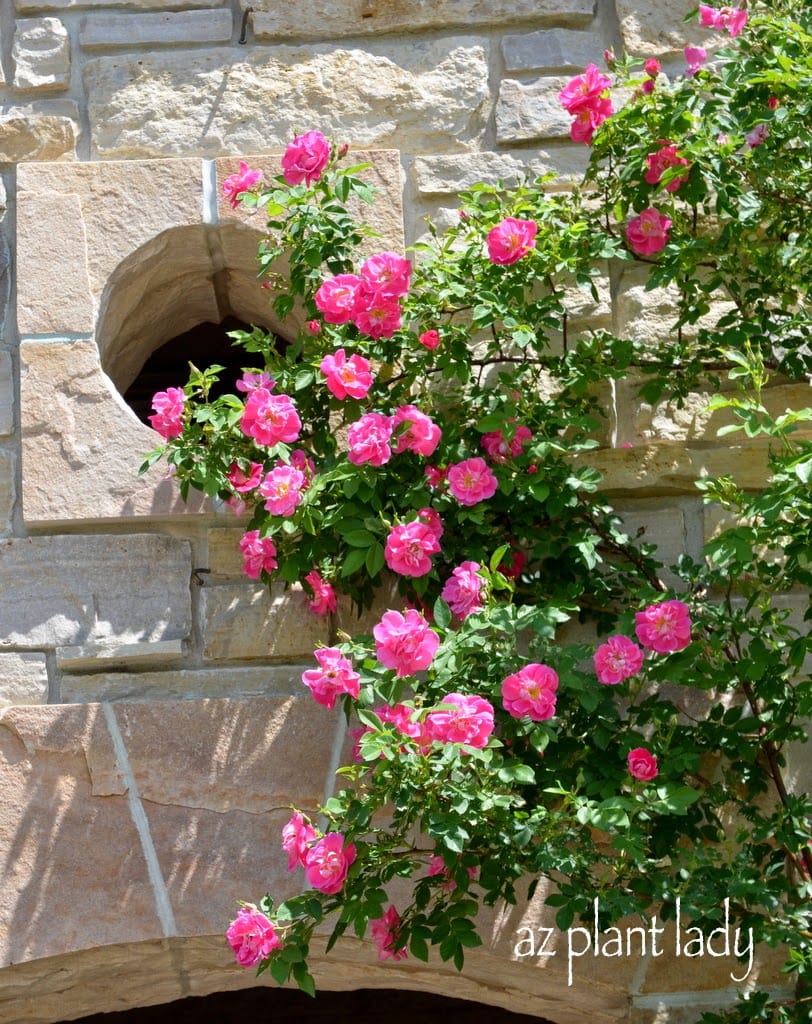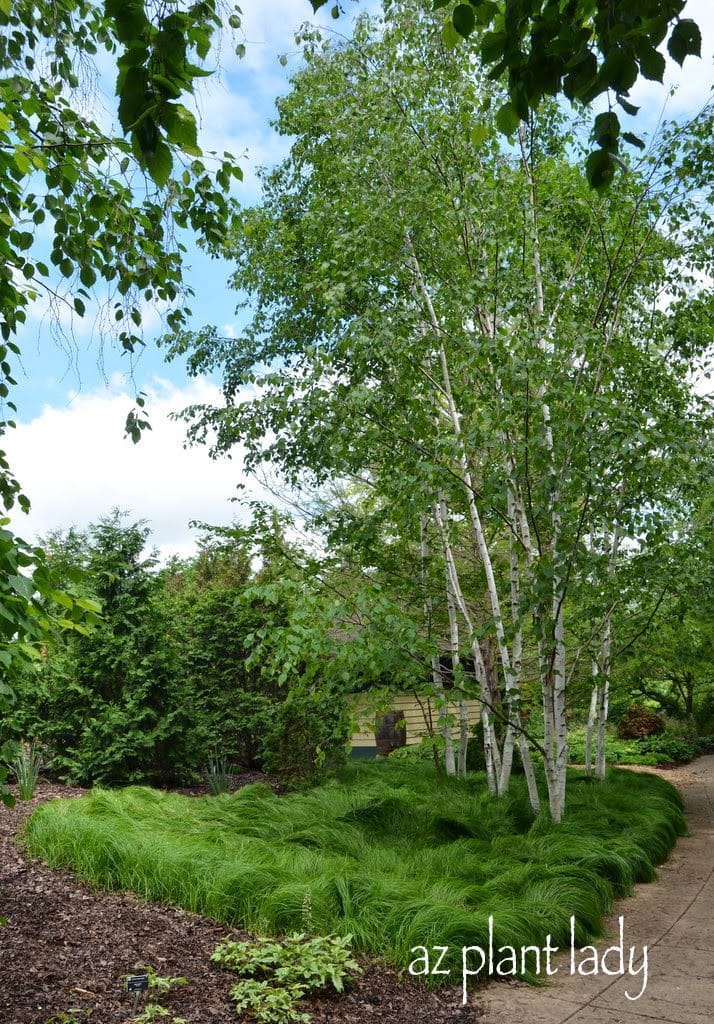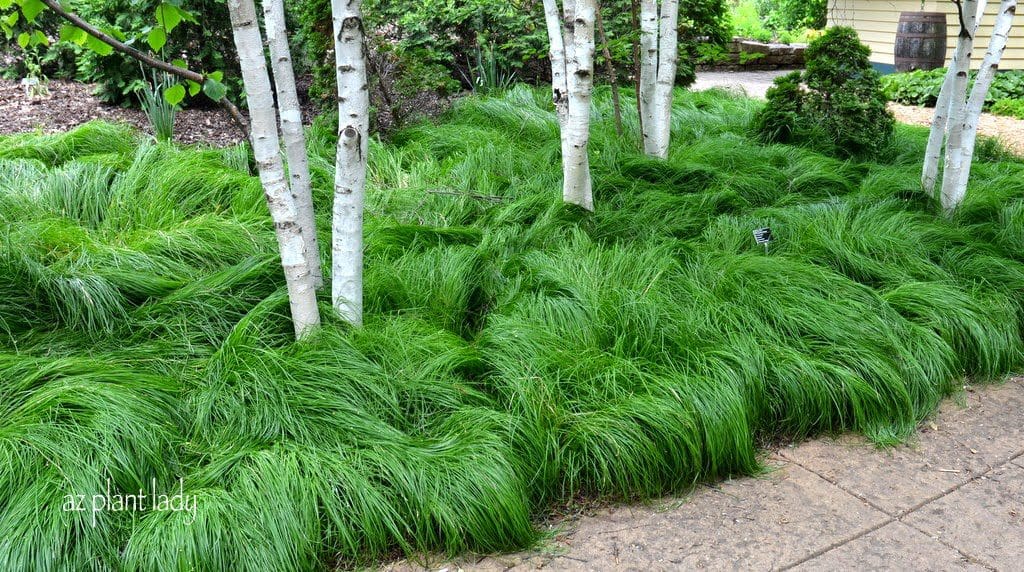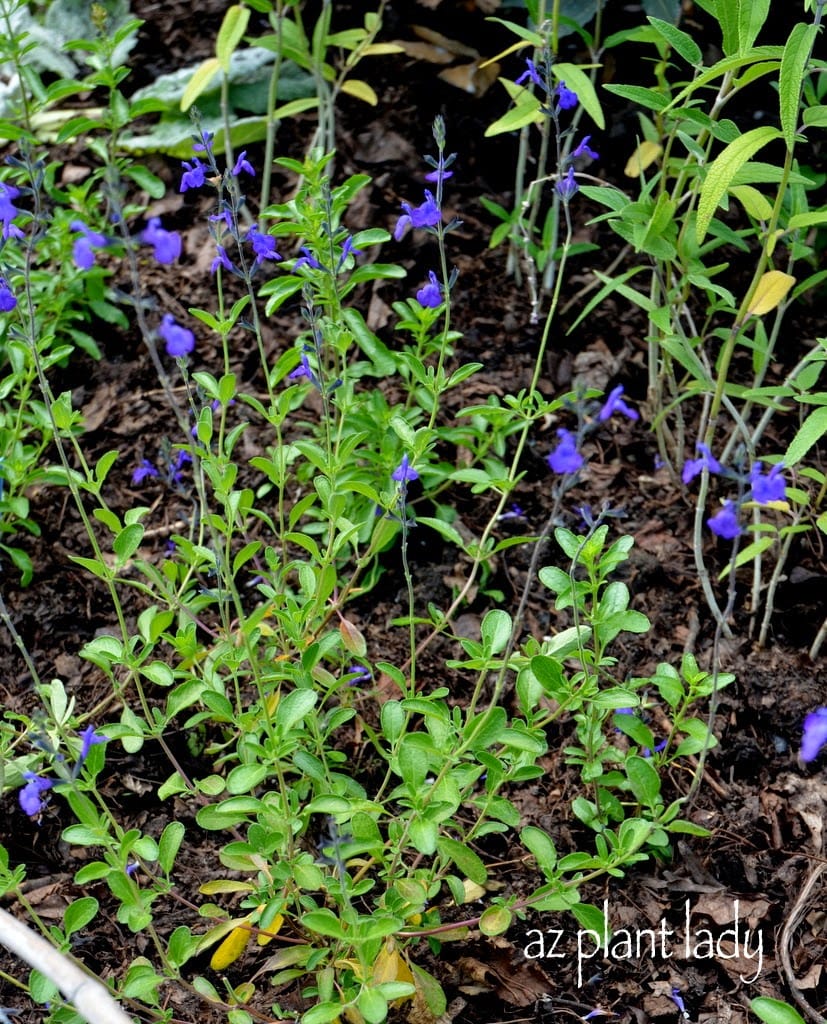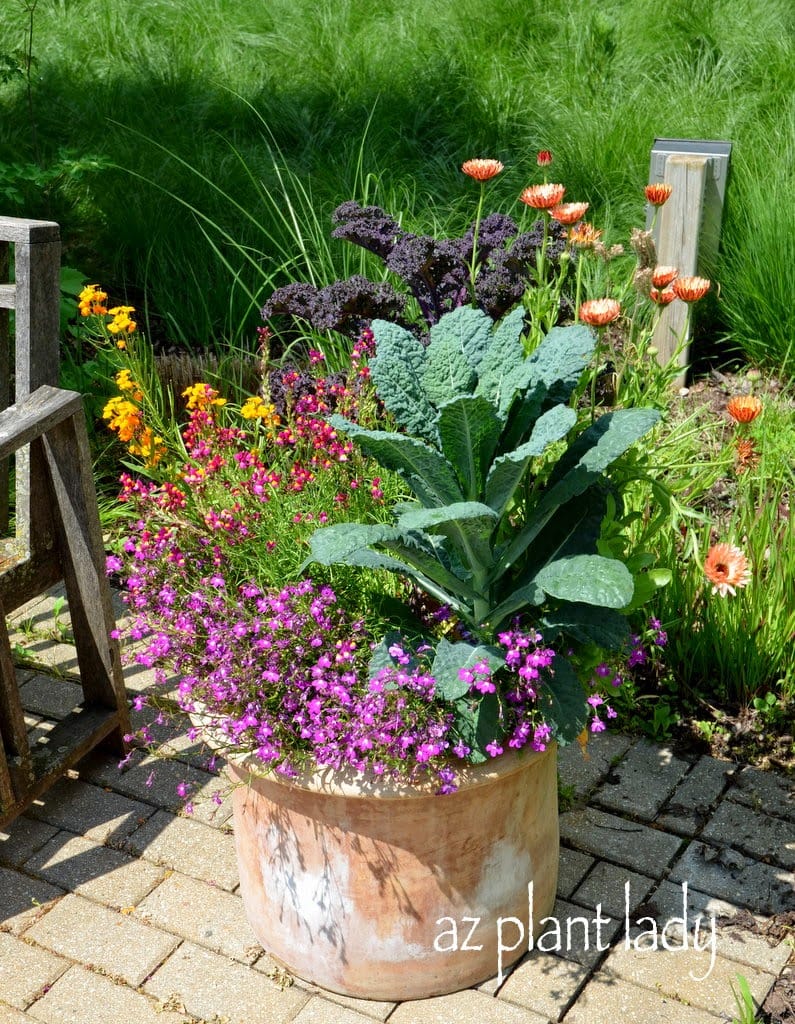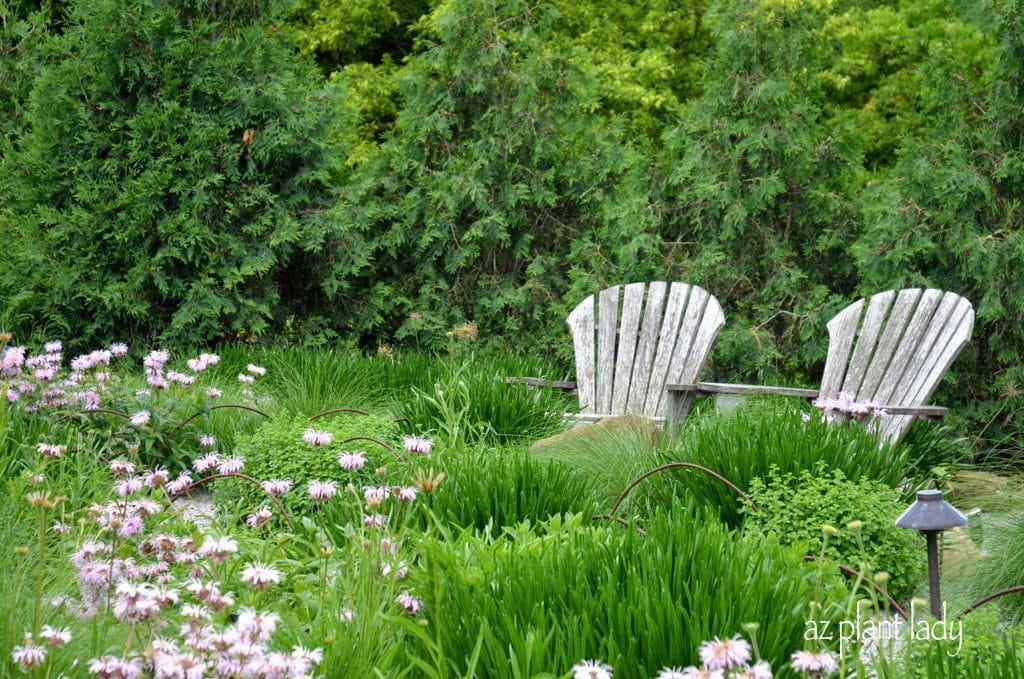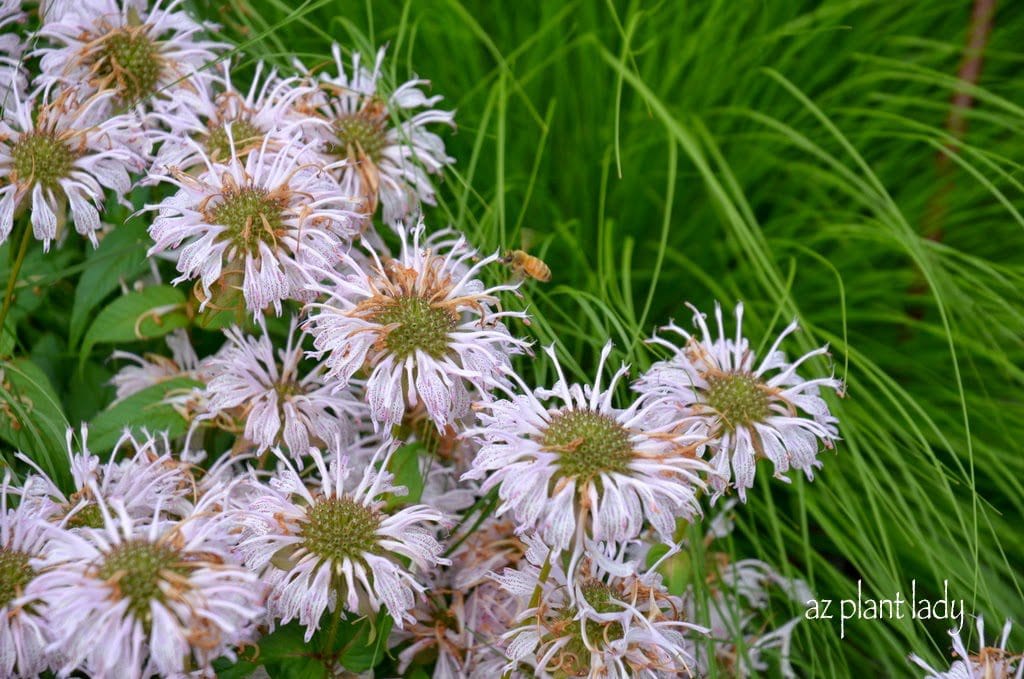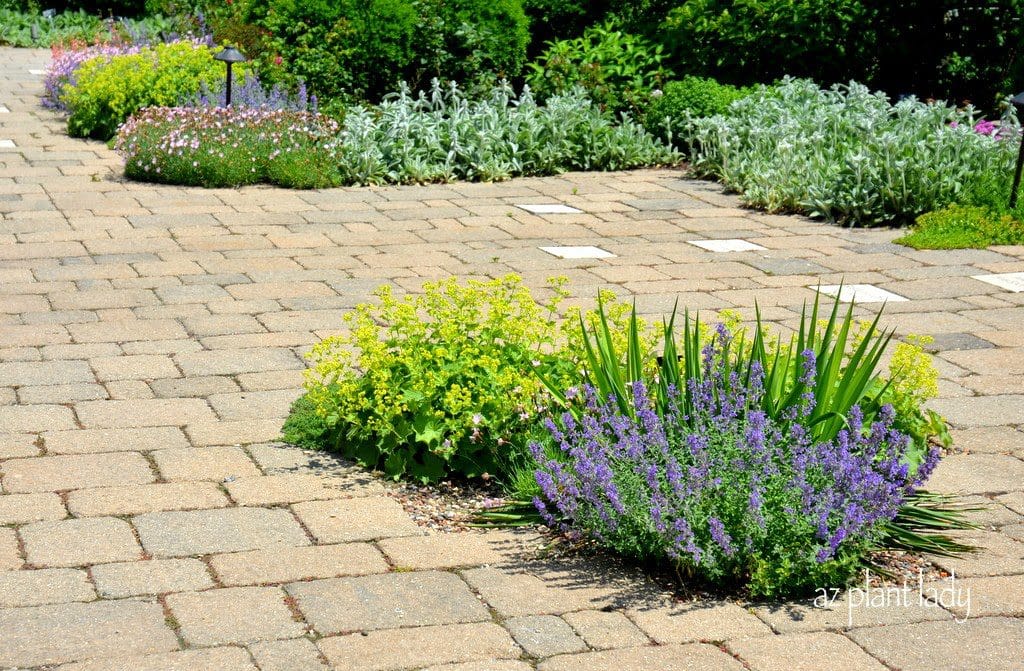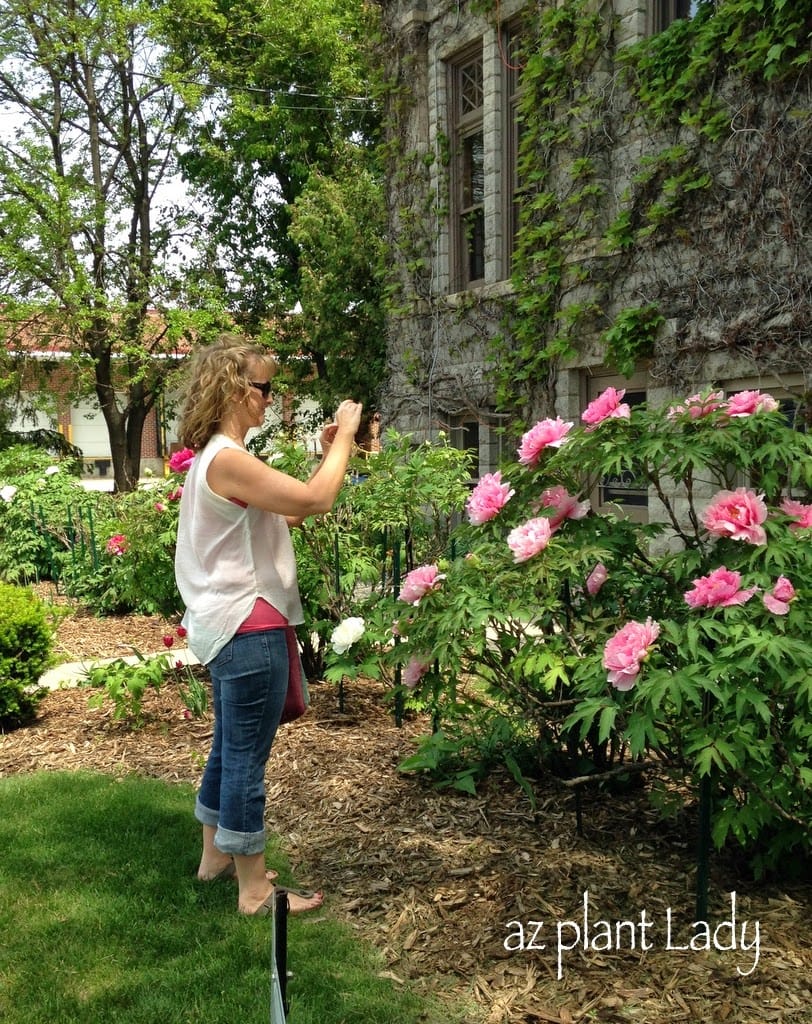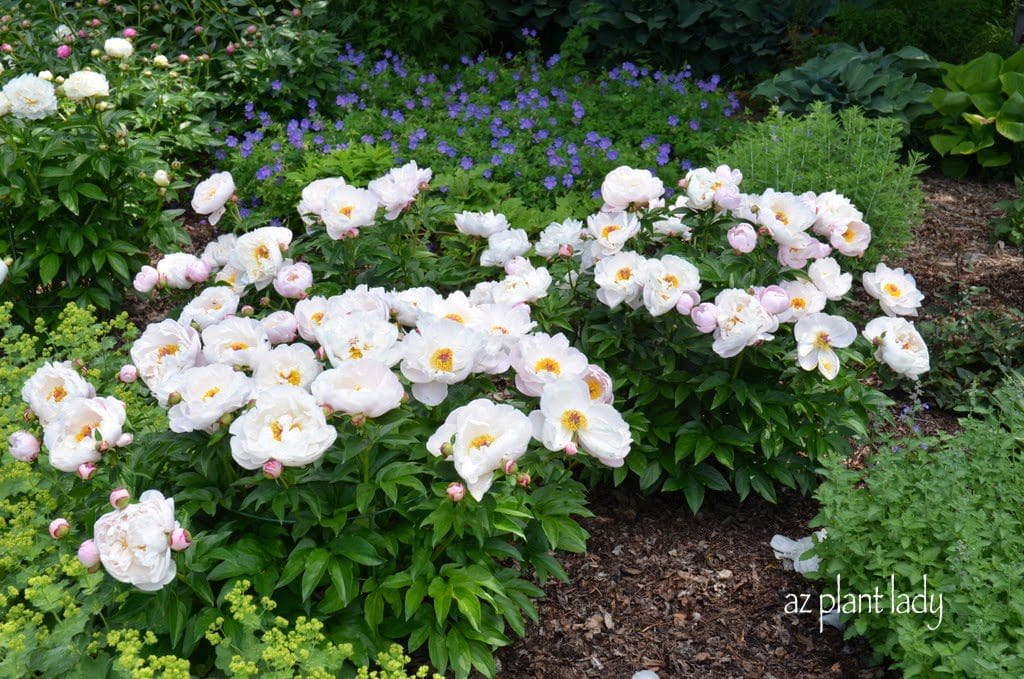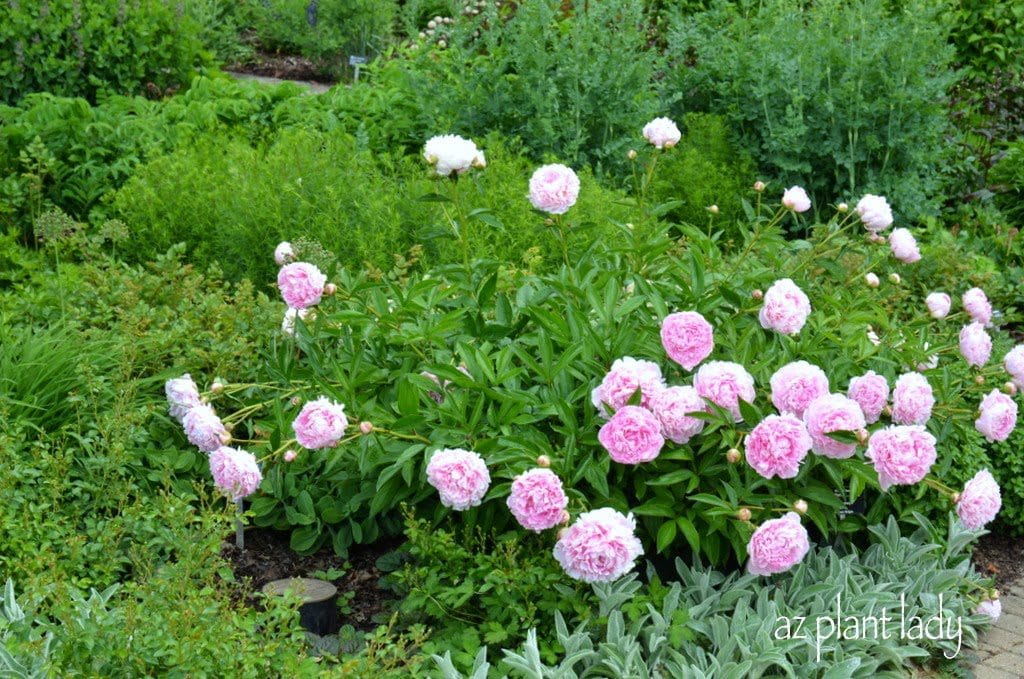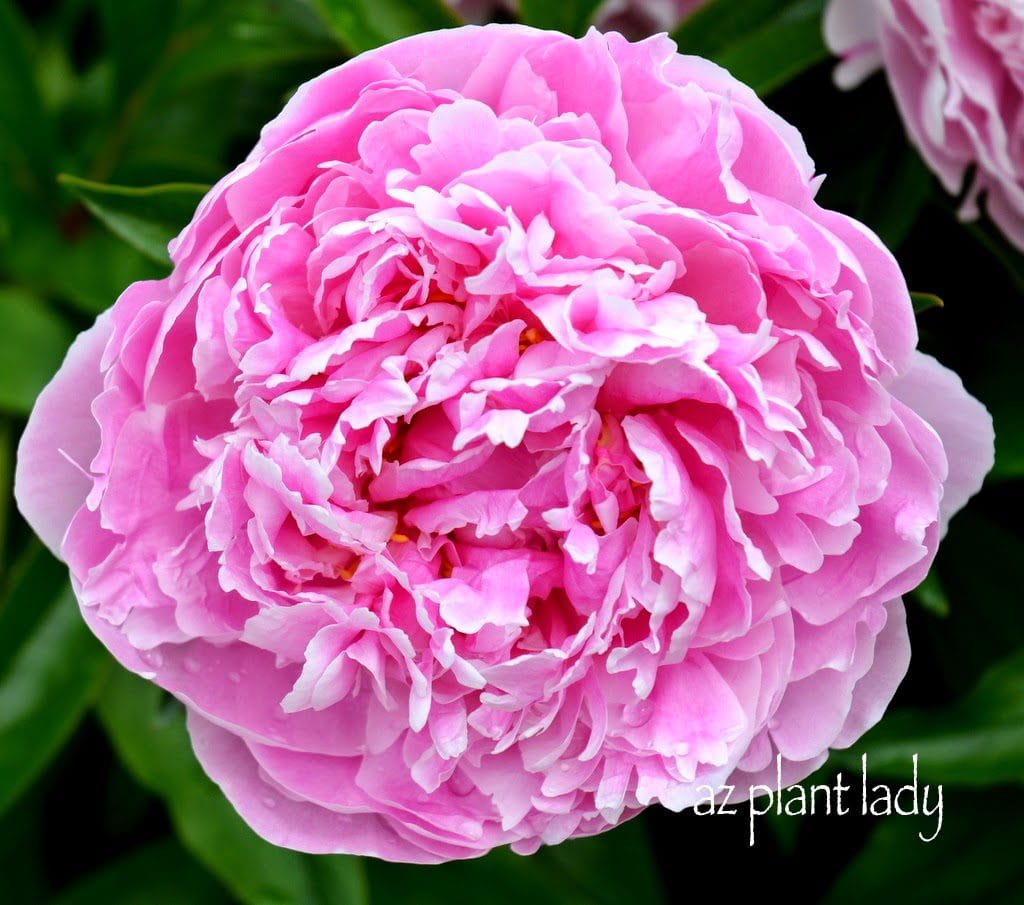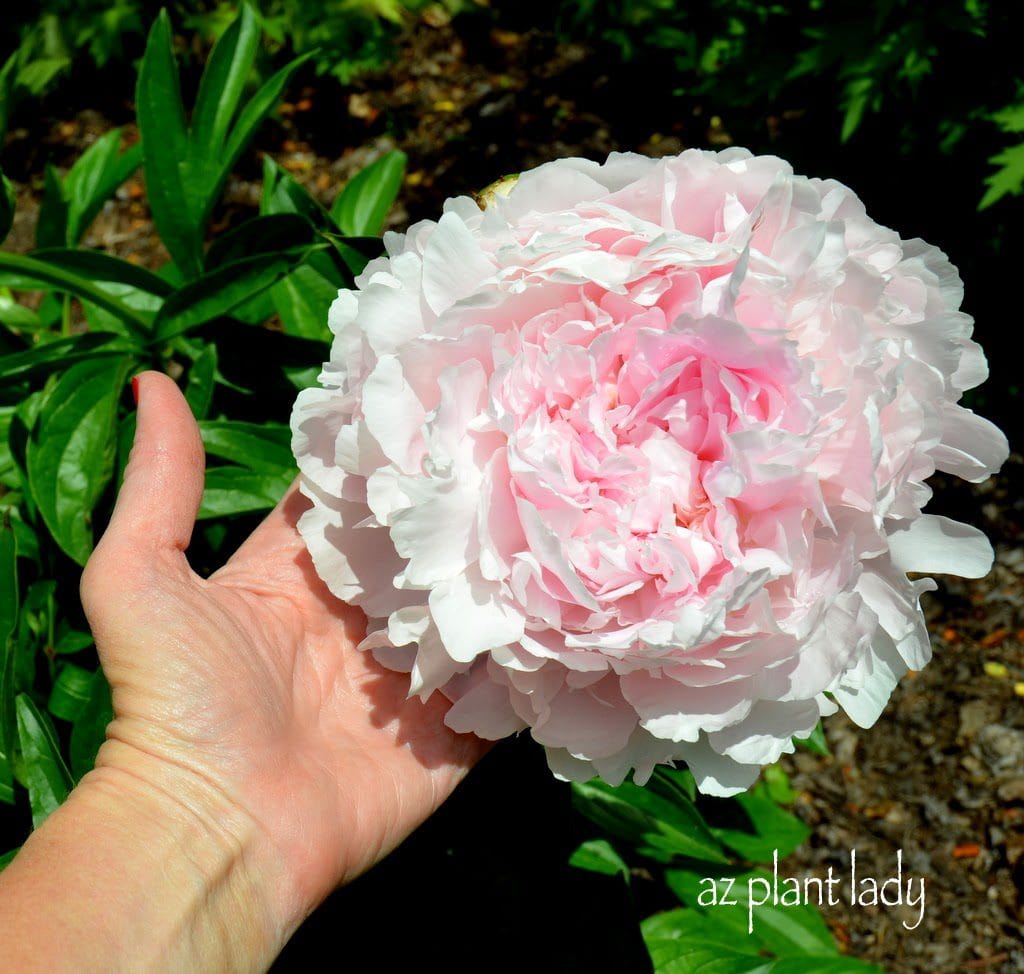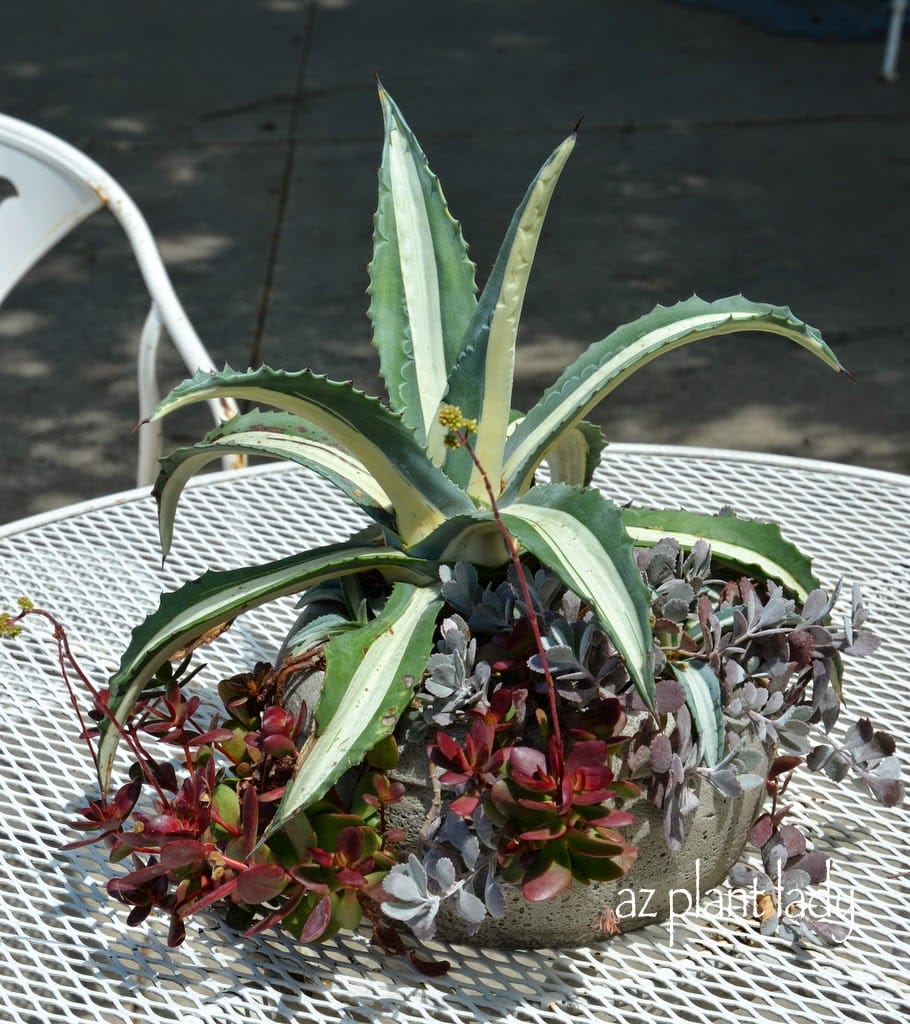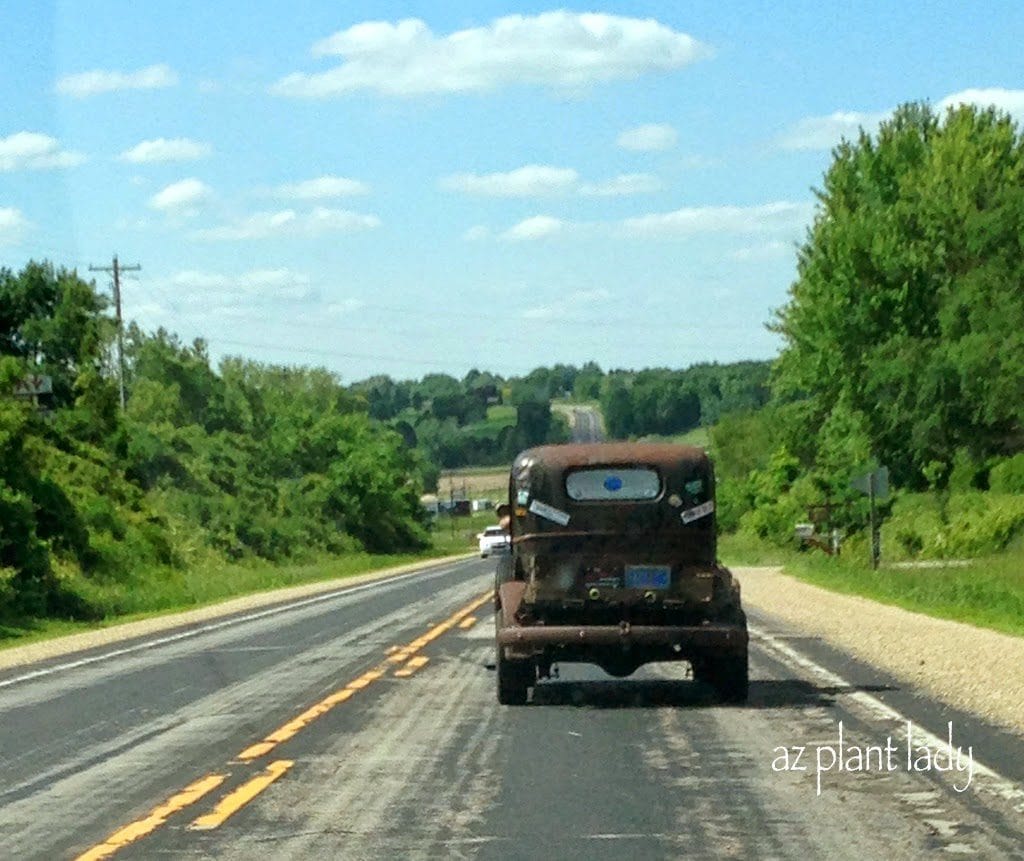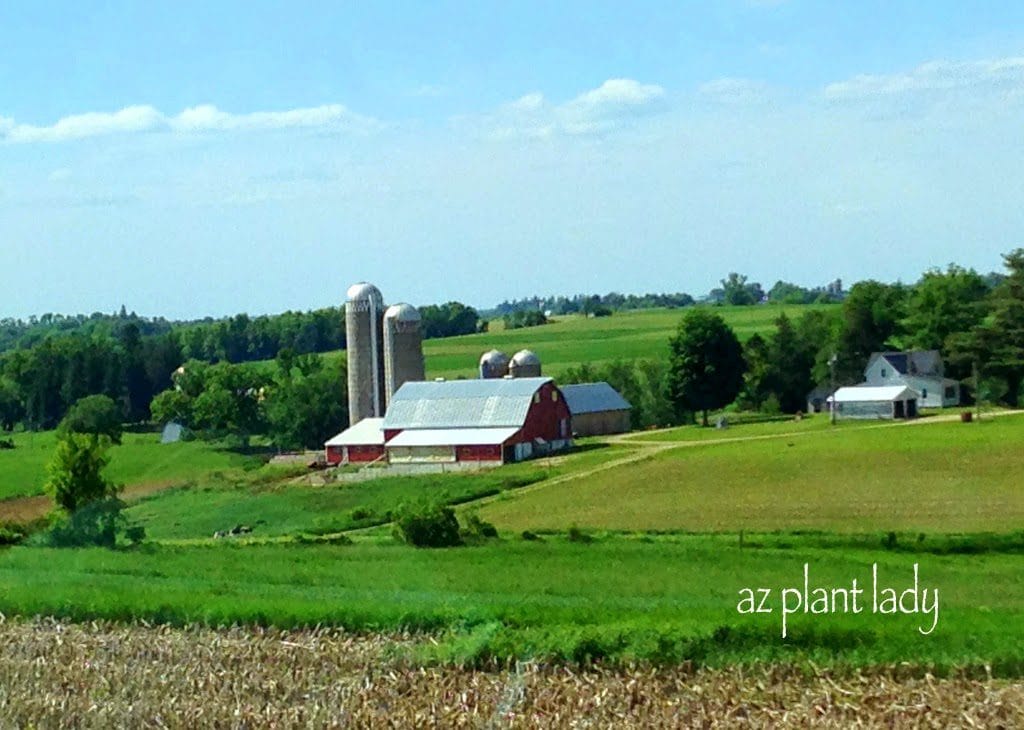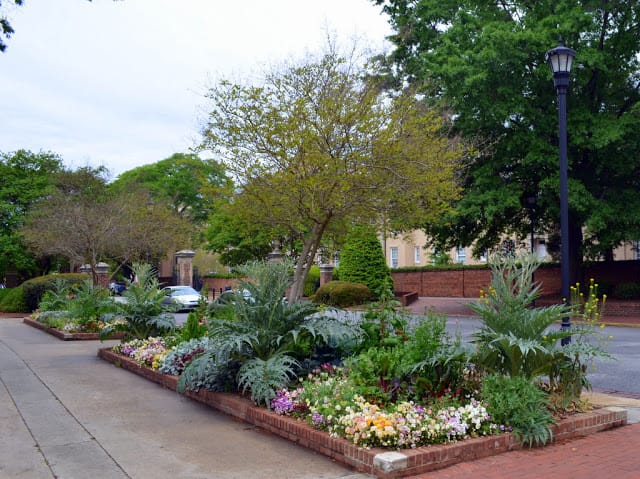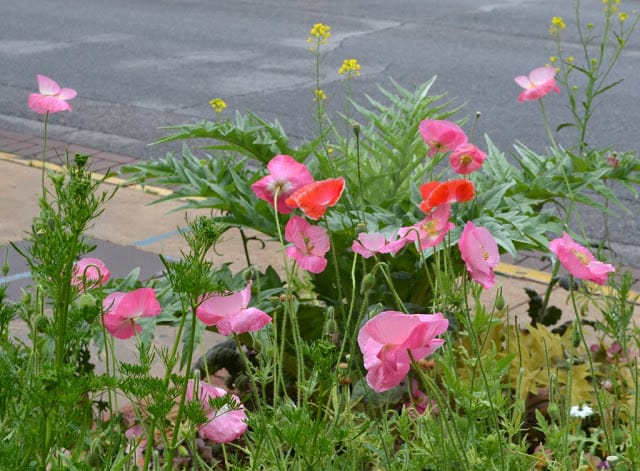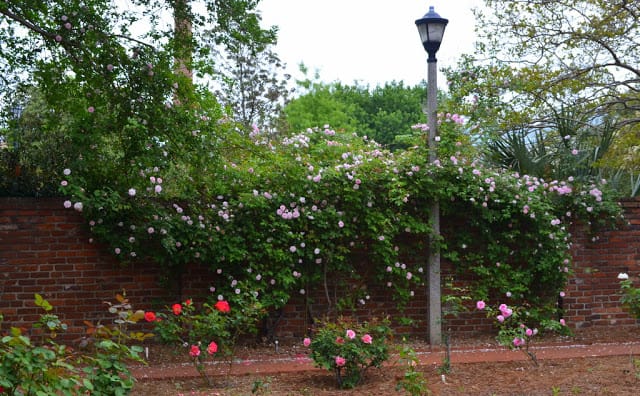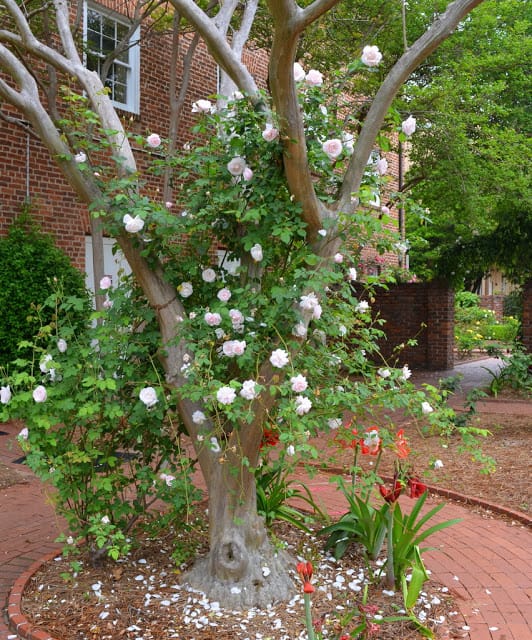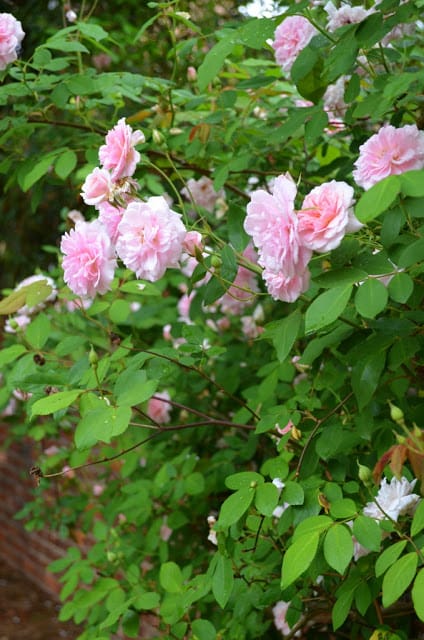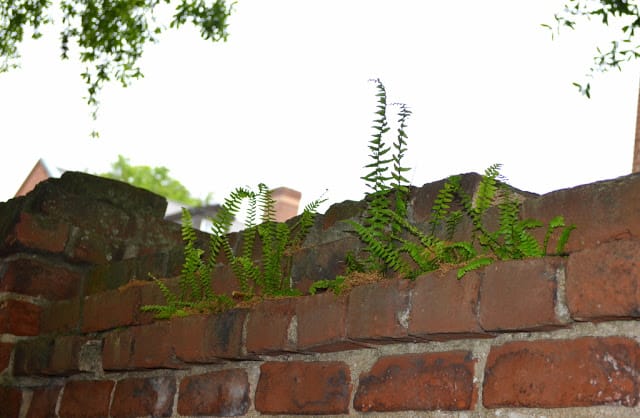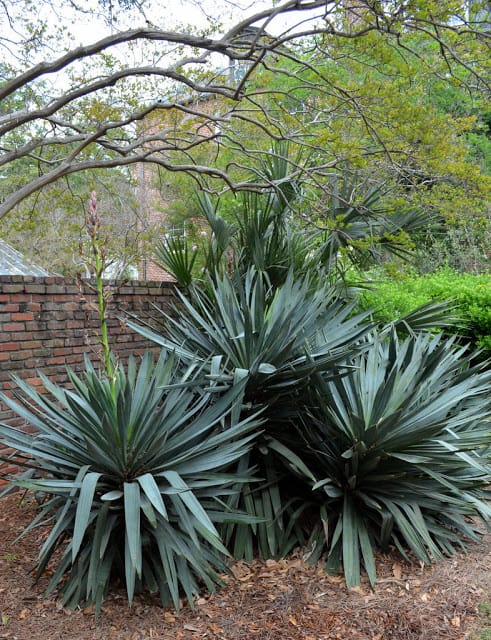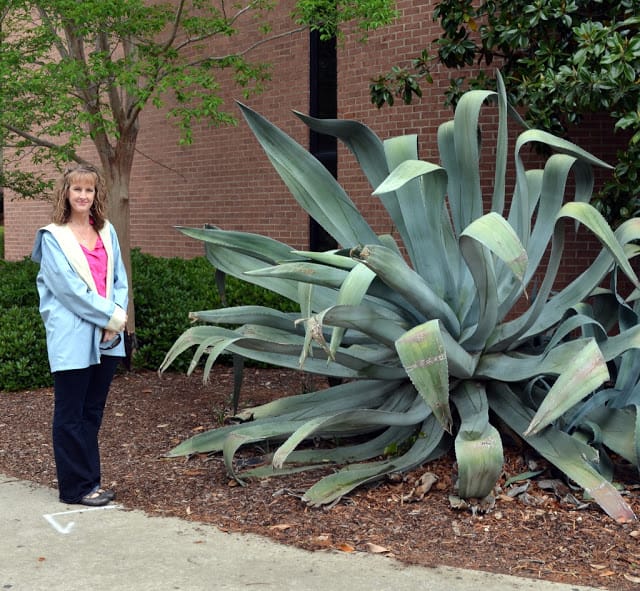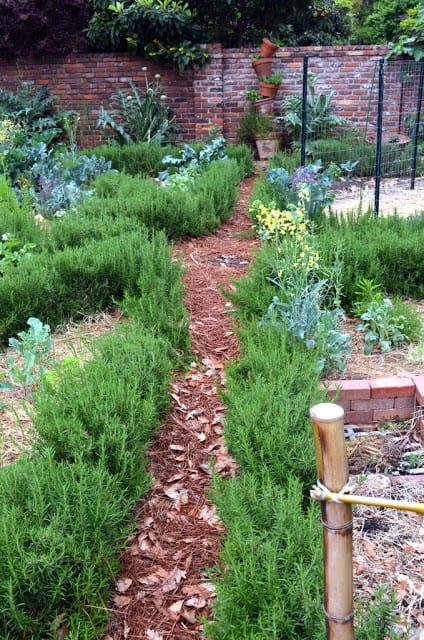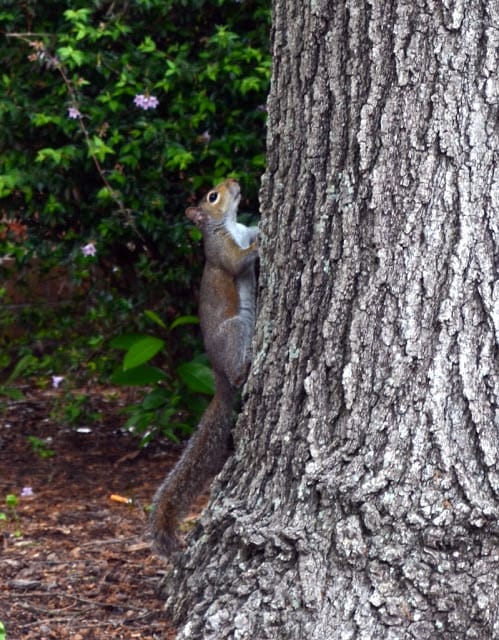I have a wonderful treat for you! This week’s blog post is from Dr. Jacqueline Soule.
Chances are that her name sounds familiar and that is because she is a noted plant expert and well-known author of several books on desert gardening.
Jacqueline grew up in Tucson and currently resides there where she enjoys growing low-maintenance plants that add beauty, which thrive in the desert.
I am fortunate to call Jacqueline my friend and we are both part of SWGardening.com I am excited to share with you her post on Germander.
“As an Amazon Associate I earn from qualifying purchases.”
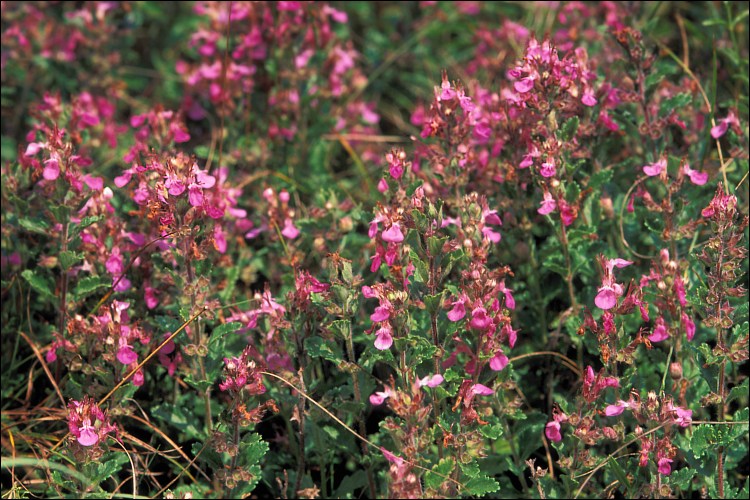
Germander (Teucrium chamaedrys) Photo by Amadej Trnkoczy cc 3.0
Gorgeous Germander
by Jacqueline A. Soule, Ph.D.
Special for AZ Plant Lady, 03 2020
Germander is a gorgeously green low-water ground cover that grows well in Arizona, is great for pollinators, and happens to be usable as a culinary herb.
Greeting from another desert garden this week – that of garden writer Jacqueline Soule, who lives in Tucson (Gardening With Soule – in the Land of El Sol). Noelle has graciously shared her space this week to allow me to introduce you to one herb for your landscaping.
Germander Has a Long History
This handsome herb was brought to the mission gardens of Arizona in 1698 by Father Kino. Germanders are native to the rocky hillsides of Greece and Turkey, where they get rain only in the winter. This means they tolerate dry and hot conditions well!
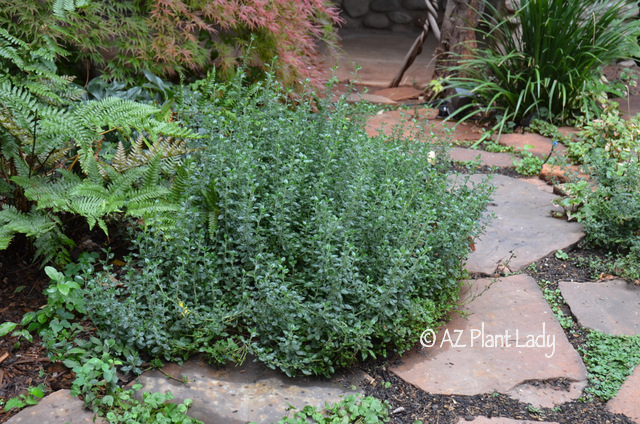
Germander (Teucrium chamaedrys) growing in a Sedona garden.
Which One to Use?
There are around 100 species of germander! The one most commonly used in landscaping is the wall germander (Teucrium chamaedrys). This species has tiny, bright green, rounded leaves. The creeping germander is the same species, but has been selected over time to be a low ground cover (Teucrium chamaedrys var. prostratum). Both of these are available at many local nurseries (but not big box stores).
For landscaping, germander offers a gorgeous bright, forest-green. I confess, I prefer this color in general over the blue-green of rosemary. Even in poor soil and with little water, germander grows to form a dark green carpet, about 2 feet around per plant, the creeping germander a bare 4 to 6 inches tall.
Germaders grow well in alkaline (unamended) desert soil, in full sun to part shade situations. Reflected summer light is tad too much for them, so not under picture windows.
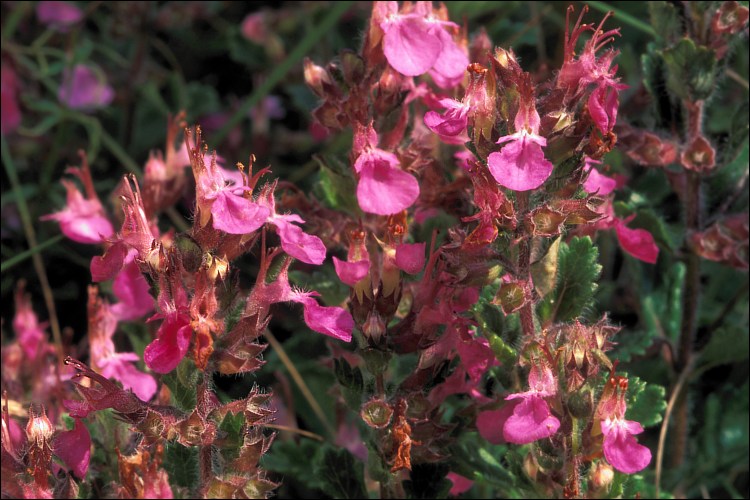
Teucrium chamaedrys by Amadej Trnkoczy cc 3.0 002
Fragrant Flowers
Both germander and rosemary have many oil glands in their leaves and are fragrant plants. But then there are the flowers! Germander flowers are far more fragrant than rosemary. Germander blooms are almost honey-scented, like sweet alyssum. Like rosemary, germander are bee pollinated, by both European honey bees and by our native Arizona solitary bees, with occasional butterfly visitors.
Use In Your Landscape
Both rosemary and germander can be used in roasting potatoes or to add flavor to meat dishes. I use either herb to scrub down the grill prior to cooking – depends on which needs pruning. In ancient Greece, hunters would field dress their meat with germander, often found growing wild in the hills. (It may have anti-microbial properties.) Germander abounds on Greek hillsides because the strong oils render it unpalatable to wildlife. I won’t promise it is rabbit proof, but those “wascally wabbits” don’t bother mine.
Herbs that can be used to create a beautiful, low-water-using, edible, Southwest landscape are numerous. Learn more in this webinar offered March 25, 2020 by the Herb Society of America – only $5 and you don’t have to drive anywhere! Or in April, drive to Carefree, where Jacqueline will speak about “Gardening for Fragrance” on April 18 2020.

Want to learn more from Jacqueline? Check out two of her most popular books – Arizona, Nevada & New Mexico Month-by-Month Gardening and Southwest Fruit & Vegetable Gardening.
You can follow her on Facebook and Instagram.


